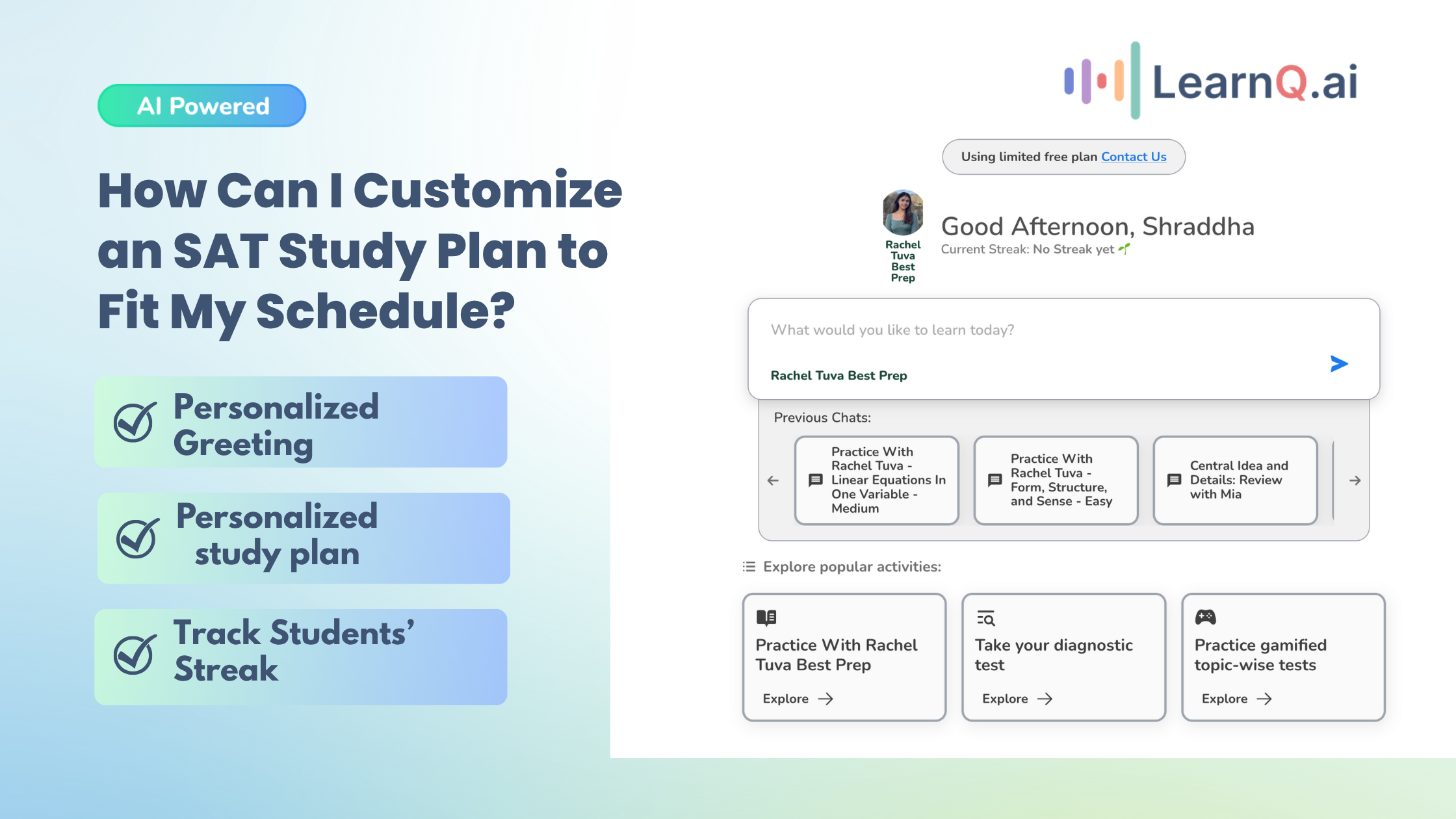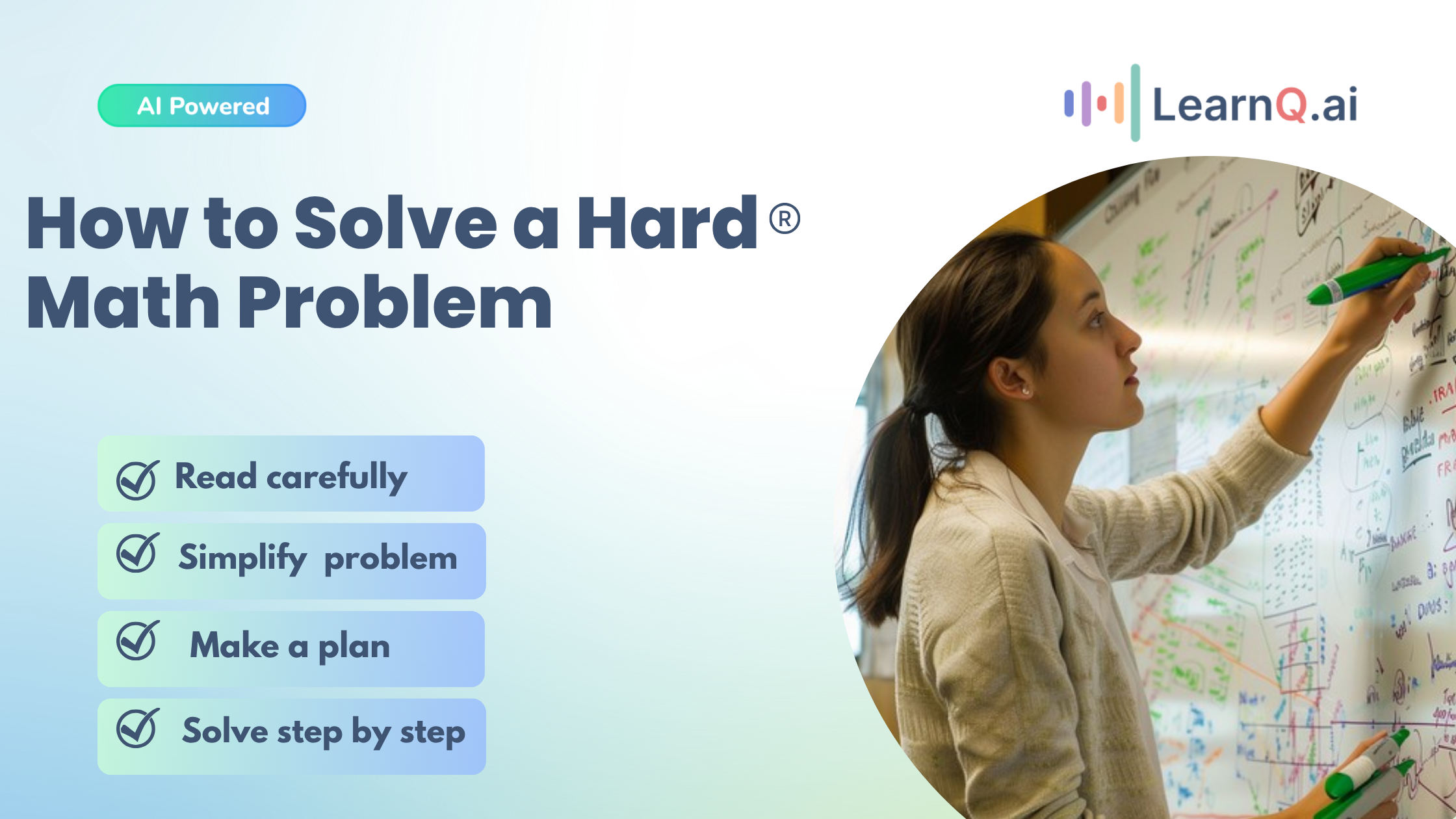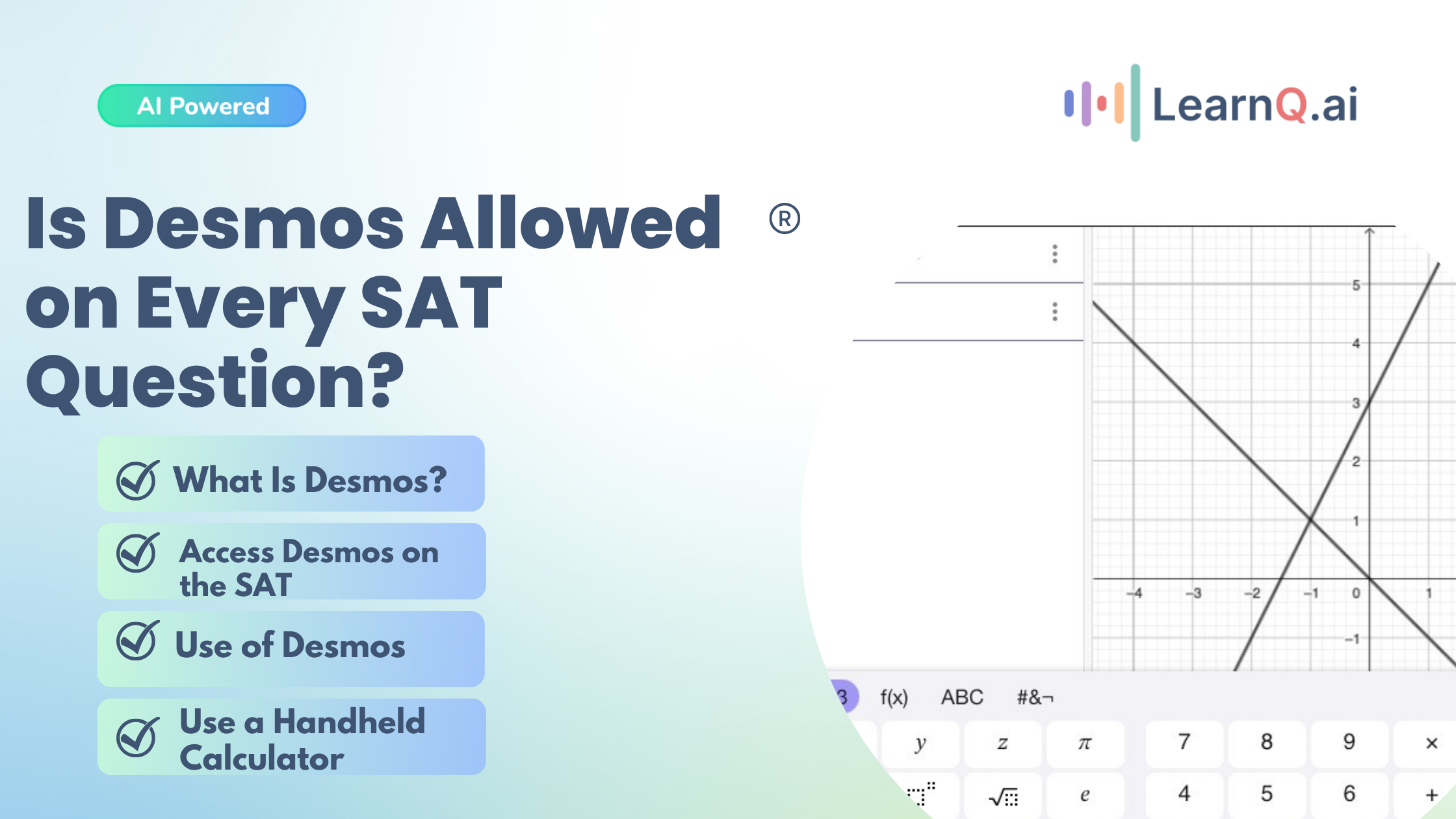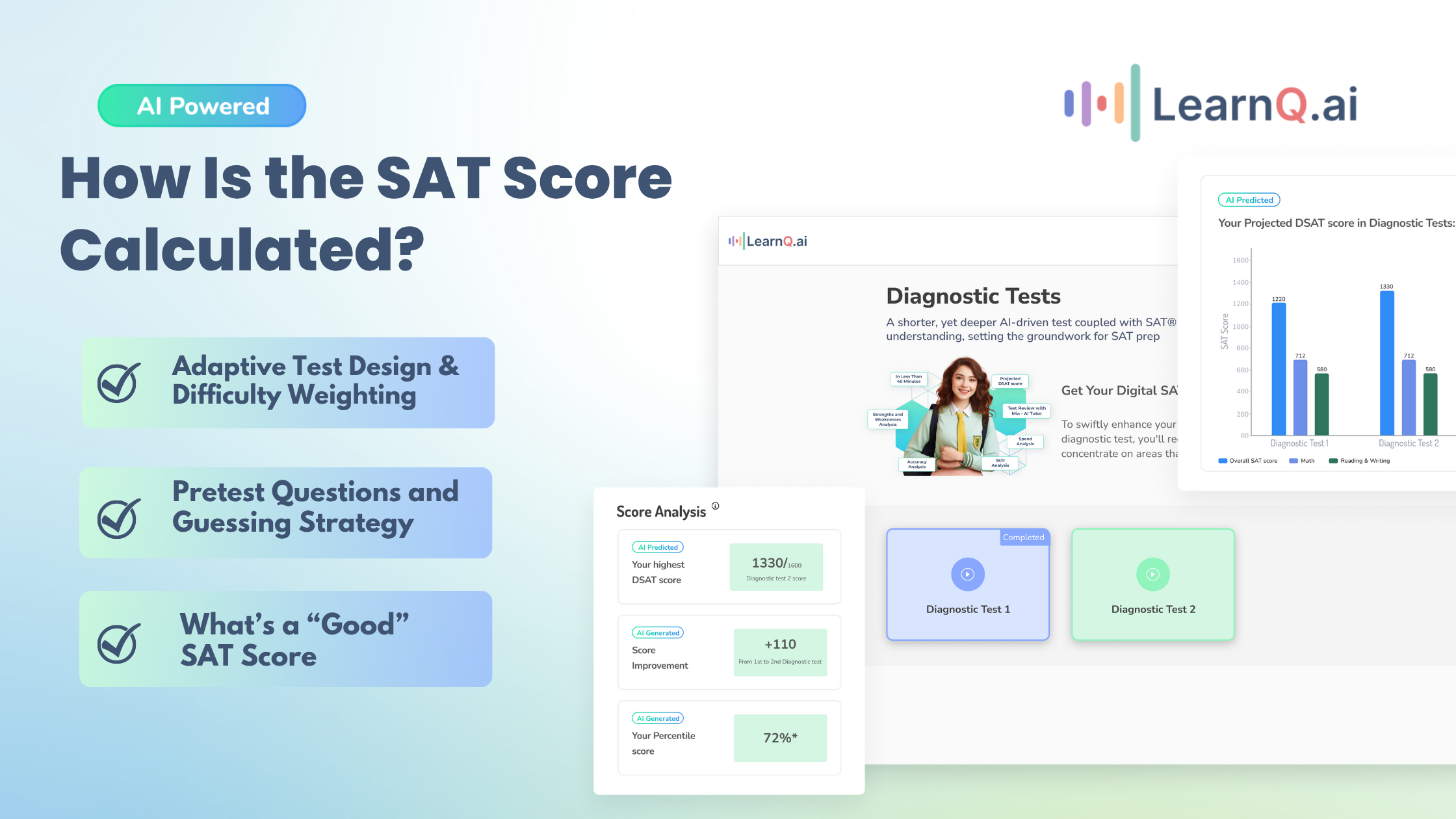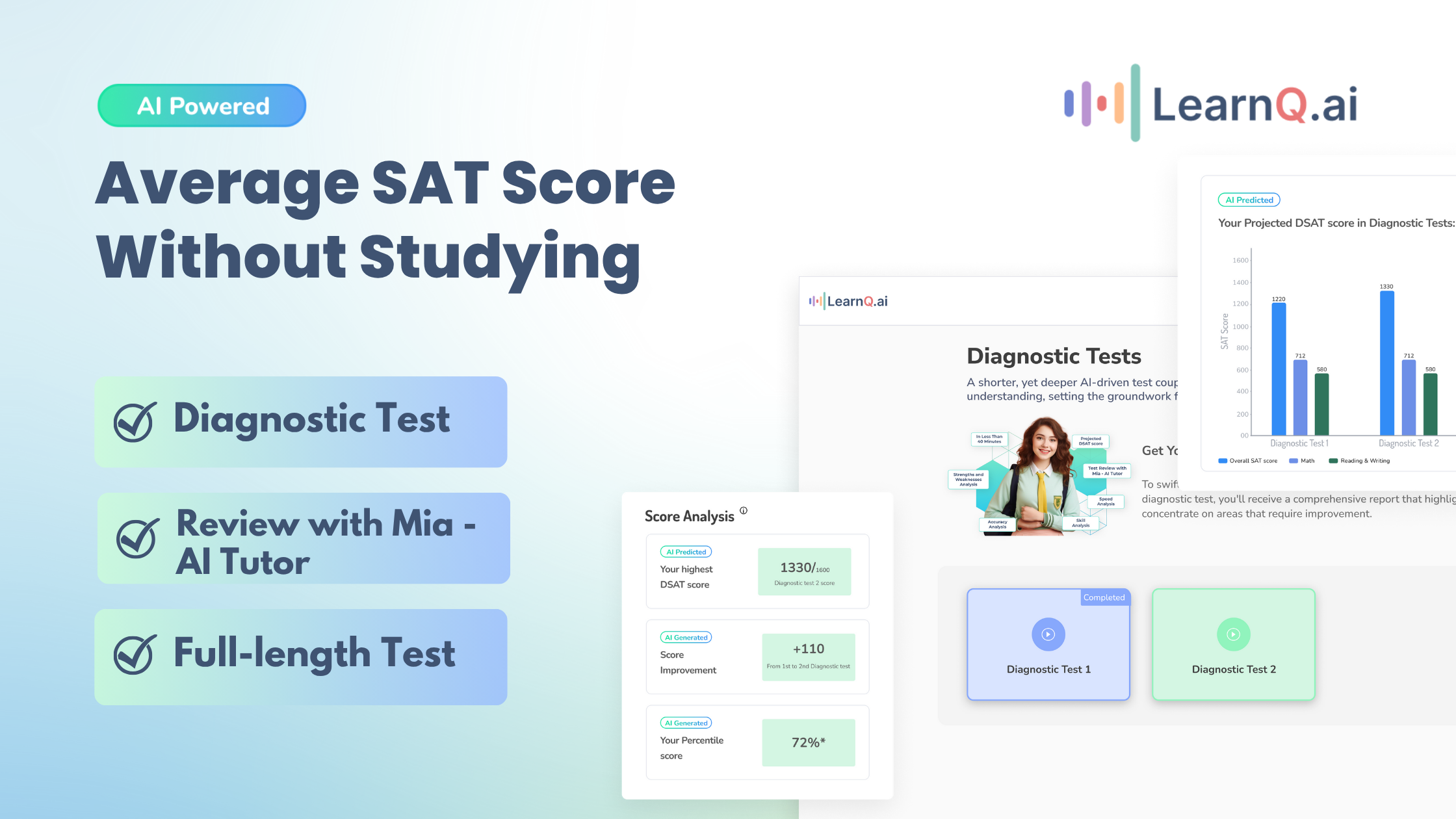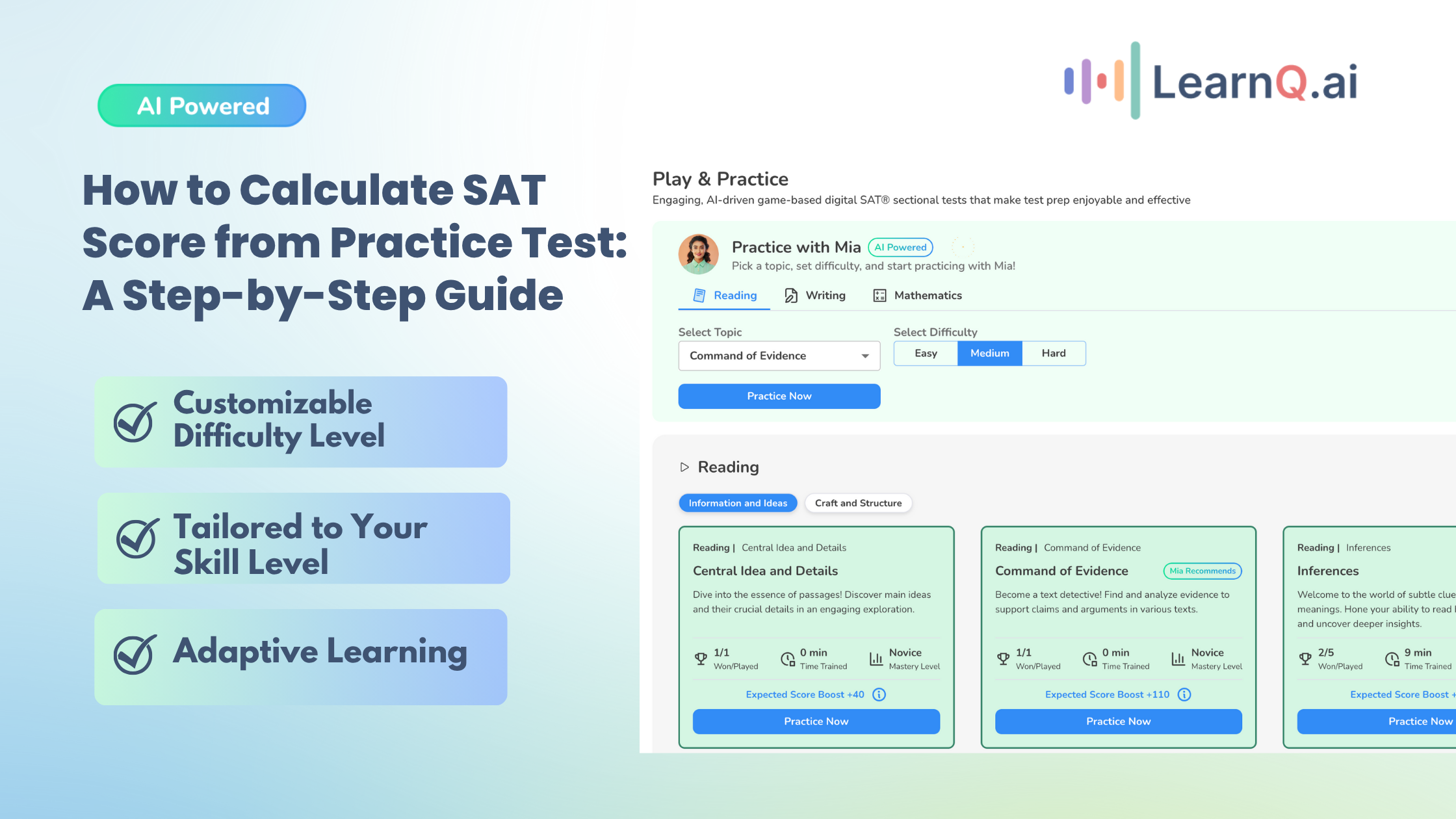Forget the Number 2 pencils, it’s time to power up your laptops and tablets because the SAT is going digital!
The standardized testing landscape is undergoing a significant shift. The SAT, a long-standing pillar in college admissions, has embraced the digital age. This blog serves as your one-stop guide to the Digital SAT paper pattern, delving into its format, functionalities, and strategies to excel on this new frontier.
Introduction to Digital SAT (DSAT)
Get ready to ditch the pencils and embrace the keyboard! Starting in Spring 2023 for international students and March 2024 for US students, the SAT will be administered completely digitally. This shift promises a more
- Flexible: Take the exam at your convenience on a personal device or a designated testing center computer.
- Easier: Navigate the user-friendly interface and utilize built-in tools to enhance your performance.
- Relevant: The adaptive format tailors the test to your strengths and weaknesses, creating a personalized experience.3
Key Updates in the Digital SAT Paper Pattern
The transition to digital brings a wave of changes. Here’s a breakdown of the key points to remember to understand the digital SAT paper pattern:
- Goodbye Paper, Hello Computer: The familiar pencil-and-paper format is replaced by a computer-based testing platform. You can choose to take the exam on a College Board-approved personal device or a testing center computer.
- Calculator Power: Rejoice, math whizzes! Calculators are now permitted throughout the entire Math section. Additionally, an on-screen calculator will be readily available for those who prefer it.
- Adaptive Advantage: Gone are the days of one-size-fits-all testing. The DSAT employs adaptive testing, which adjusts the difficulty of questions based on your performance. This personalizes the test, making it potentially shorter and more efficient.
- Time Crunch Reduced: The digital format streamlines the testing process, resulting in a shorter exam duration. Expect to spend approximately 2 hours and 14 minutes conquering the SAT.
- Faster Feedback: The wait for scores is significantly reduced. You’ll receive your results within days of taking the test, allowing for quicker college application planning.
- Enhanced Security: The College Board prioritizes test security. Each student receives a unique digital test form, minimizing the risk of cheating.
LearnQ.ai is Powered by VEGA AI—Is your Institute Next?
Give students a Duolingo-style test-prep platform with Shopify-level customization for tutors and institutes.
Digital SAT Exam Structure
Understanding the digital SAT paper pattern with its core sections– Reading, Writing, Language (W&L), and Math – but with some tweaks:
A Two-Stage Adaptive Model:
The Reading and W&L section is divided into two stages, each with 32 minutes and 27 questions. The difficulty of the second stage adapts based on your performance in the first.
The Reading and Writing Section:
This section focuses on assessing your reading comprehension, analytical reasoning, and writing skills. Expect a mix of passages with varying lengths and complexities, along with writing prompts that test your ability to articulate ideas and structure arguments effectively.
The Math Section:
Sharpen your problem-solving skills! This section covers your proficiency in algebra, data analysis, geometry, and trigonometry. The question types encompass multiple-choice, select-from-list, and drag-and-drop formats.
Enhance your Digital SAT study routine with AI-driven insights and personalized practice tests.
Adaptive Testing Process
The adaptive testing mechanism personalizes the DSAT experience. Here’s how it works:
- Initial Calibration: The first set of questions in each section gauges your baseline knowledge.
- Difficulty Adjustment: Based on your performance on these initial questions, the test adjusts the difficulty level of subsequent questions. If you answer correctly, you’ll face more challenging questions. Conversely, if you struggle, the test eases up to ensure a steady assessment of your abilities.
- Tailored Experience: This continuous adaptation throughout the test creates a personalized experience that accurately reflects your strengths and weaknesses.
Digital SAT Tools and Features
The DSAT equips you with a digital toolkit to enhance your performance:
- Desmos Onscreen Calculator: This powerful calculator offers advanced functionalities to tackle complex mathematical problems. If your handheld calculator is a permitted device, you may bring it to the test if you own one and use it frequently. However, a graphing calculator called Desmos is integrated within the Bluebook testing application, which you can utilize for the full Math section. You can locate the x- and y-intercepts, plot points, graph lines, and curves, and do several other calculations using it.
- Online Notepad: Jot down important formulas, notes, or strategies during the test for easy reference.
- Countdown Clock: Keep track of the time remaining in each section and effectively manage your pace. You can decide to hide the clock if it worries you. You will be notified when you have five minutes left on the module, whether it is visible or not.
- Mark-for-Review and Strikethrough Tools: Flag questions for later review and eliminate answer choices you know are incorrect to narrow down your options.
Scoring and Score Reporting
The DSAT maintains the familiar 1600-point scoring system, with each section (Reading, Writing and Language, and Math) scored on a scale of 200 to 800. Your total SAT score is simply the sum of your scores from both sections.
One of the major benefits of the DSAT exam is, that you’ll receive your results within days of taking the test, allowing you to plan your college applications more efficiently.
Enhance your Digital SAT study routine with AI-driven insights and personalized practice tests.
Preparation and Test-Taking Strategies
Now, that you have understood the digital SAT paper pattern, let’s start with focusing on conquering the DSAT requires strategic preparation. Here are some effective approaches:
- Harness the Power of Practice: LearnQ.ai offers a wealth of free practice resources, including full-length play and practice tests, and mock-test specifically designed for the digital format. Take advantage of these resources to familiarize yourself with the question types, pacing, and functionalities of the DSAT platform.
- Embrace Digital Tools: The DSAT provides a toolbox to enhance your performance. Familiarize yourself with the Desmos calculator, online notepad, and answer marking features during practice tests. Learn how to effectively utilize these tools to solve problems, jot down crucial formulas, and manage your time efficiently.
- Work Smart, Not Just Hard: Speed and accuracy are crucial for success on the DSAT. Develop effective test-taking strategies to maximize your score. Here are a few tips:
- Prioritize: Don’t get bogged down on difficult questions. Use the mark-for-review feature to flag challenging questions and come back to them later if time allows.
- Eliminate the Obvious: Employ the process of elimination to narrow down answer choices. This can be particularly helpful when you’re unsure of the exact answer but can identify incorrect options.
- Double-check: Before submitting your answers, take a few minutes to review your work. This can help catch careless mistakes and ensure you’ve selected the best answer for each question.

What’s Not Changing with the DSAT?
While the format undergoes a digital transformation, the core objectives of the SAT remain unchanged. The DSAT continues to assess your college and career readiness by evaluating your:
- Reading Comprehension: Your ability to understand complex passages, analyze information, and draw evidence-based conclusions.
- Writing Skills: Your capacity to articulate ideas clearly, logically, and effectively, while adhering to proper grammar and punctuation.
- Math Problem-Solving: Your proficiency in applying algebraic concepts, interpreting data, and solving geometry and trigonometry problems.
The DSAT will also continue to be administered at schools or designated test centers. While the testing environment may differ slightly with the use of computers, the overall testing experience will remain familiar.
Taking the SAT can feel daunting, but with the right preparation and a strategic approach, you can conquer the DSAT and showcase your academic prowess to colleges.
LearnQ.ai is powered by VEGA AI—Is your institute next?
Offer students a Duolingo-style test-prep platform with Shopify-level customization for tutors and institutes.






Conquering the Digital SAT: Acing the New Era of Assessments with LearnQ.ai
Now that you’re familiar with the digital SAT paper pattern, it’s time to craft a winning strategy. This is where LearnQ.ai steps in as your personalized learning companion.
LearnQ.ai’s cutting-edge platform leverages AI to create a dynamic, mobile-friendly experience perfectly suited for the DSAT. Here’s how LearnQ.ai empowers you:
- Play and practice: Learn complex concepts through engaging games that make studying fun and effective.
- Diagnostic tests: Our AI tracks your progress, pinpointing areas needing work and tailoring the learning journey to your specific needs.
- Mia, the AI Tutor: Get personalized guidance and explanations with Mia, your AI tutor who adapts to your learning style.
- Mock test: Master the DSAT format with targeted practice questions and comprehensive mock tests that mirror the real exam.
With LearnQ.ai, you’ll not only be comfortable with the digital interface, but you’ll also gain a deep understanding of the tested concepts.


